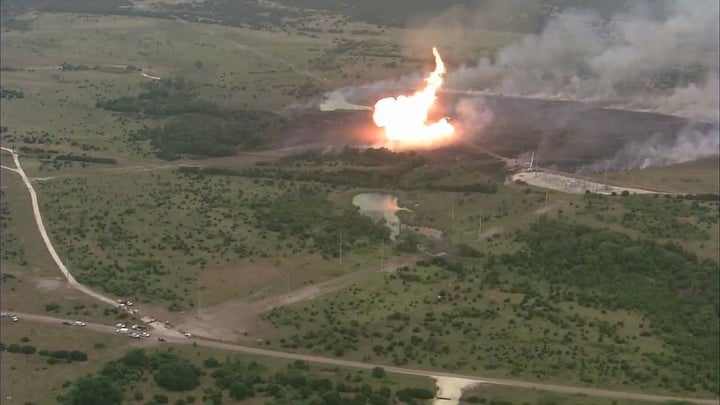
After a years-long search for a country place to retire, Bill and Lynn Limpert found a home in the mountains near Bolar in Bath County, Virginia. Forested and mountainous, Bath County’s 4,600 residents live in the Alleghany Mountains. Know for its picturesque farms and stretches of a pristine forest; the county also lies along the intended route of the Atlantic Coast Pipeline (ACP, a 600-mile black snake).
Relaxing on their front porch, the Limperts live less than 700 feet from the pipeline. “We live in the pipeline’s blast zone,” says Bill.
The Limpert’s aren’t alone. The people residing in Appalachia are accustomed to being exploited by corporations that enjoy close relationships with politicians. The best thing the pipeline has accomplished so far is uniting villages across political and social spheres.
The common enemy: Dominion Resources, which is ignoring the environmental realities.
Aware of the dangers inherent in a project of this type, protestors, in November 2016, participated in a national “Day of Action” against the Dakota Access Pipeline. Demonstrators from around the nation came out opposing the controversial crude oil pipeline.
The Standing Rock Sioux, the tribe opposing DAPL are worried an accident could contaminate their water.
The same dangers come prepacked with the ACP.
“Federal regulators in bed with gas and oil companies claim a small probability of a pipeline accident. What isn’t said is when there is an accident, the impact is enormous.”
There are approximately 2.5 million miles of pipelines, of differing sizes, in America. They carry hazardous liquids such as crude oil, refined products like jet fuel and natural gas. Sincere there is more than one type of pipeline, there is more than one type of risk.
Federal regulators, in bed with gas and oil companies claim a small probability of a pipeline accident. What isn’t said is when there is an accident, the impact is enormous. A natural gas pipeline exploded near San Francisco International Airport killing with in 2010. In October 2016, an Alabama explosion killed one and injured 5.
Since 2010, over 470 people have been injured in pipeline explosions and 100 killed. Damage from pipeline accidents, leaks and spills total more than $3.5 billion.
The risk is real. Carl Weimer, Executive Director of the Pipeline Safety Trust, admits “significant incidents” are edging up.
I am an American freelance writer and ghostwriter now living the expat life in Argentina. Never far from my coffee and Marlboros, I am always interested in discussing future work opportunities. Email me at jandrewnelson2@gmail.com and join the million-or-so who follow my life and work on Twitter @ Journey_America.
My latest book, “Don’t Polish the Turd and Other Writing Tips” is available on Amazon.
Thanks for being part of my wild and wonderful journey called life.
